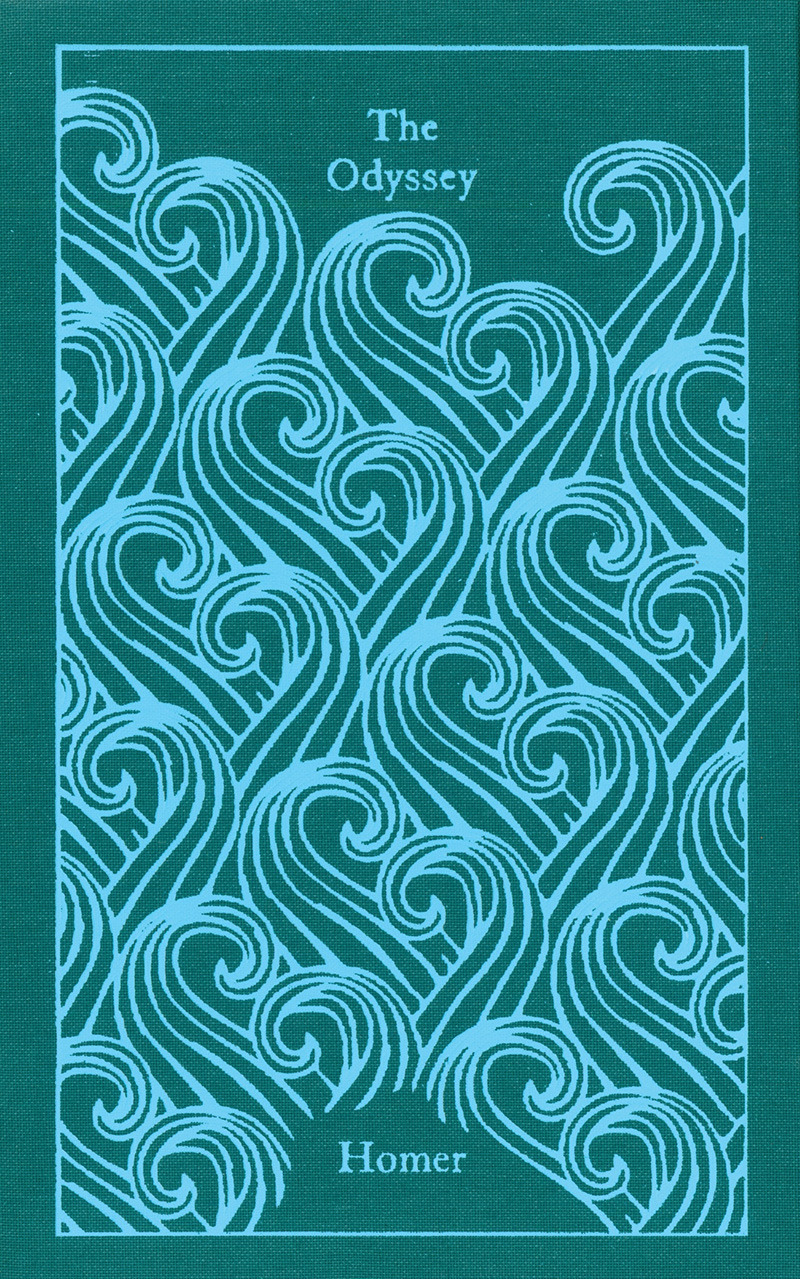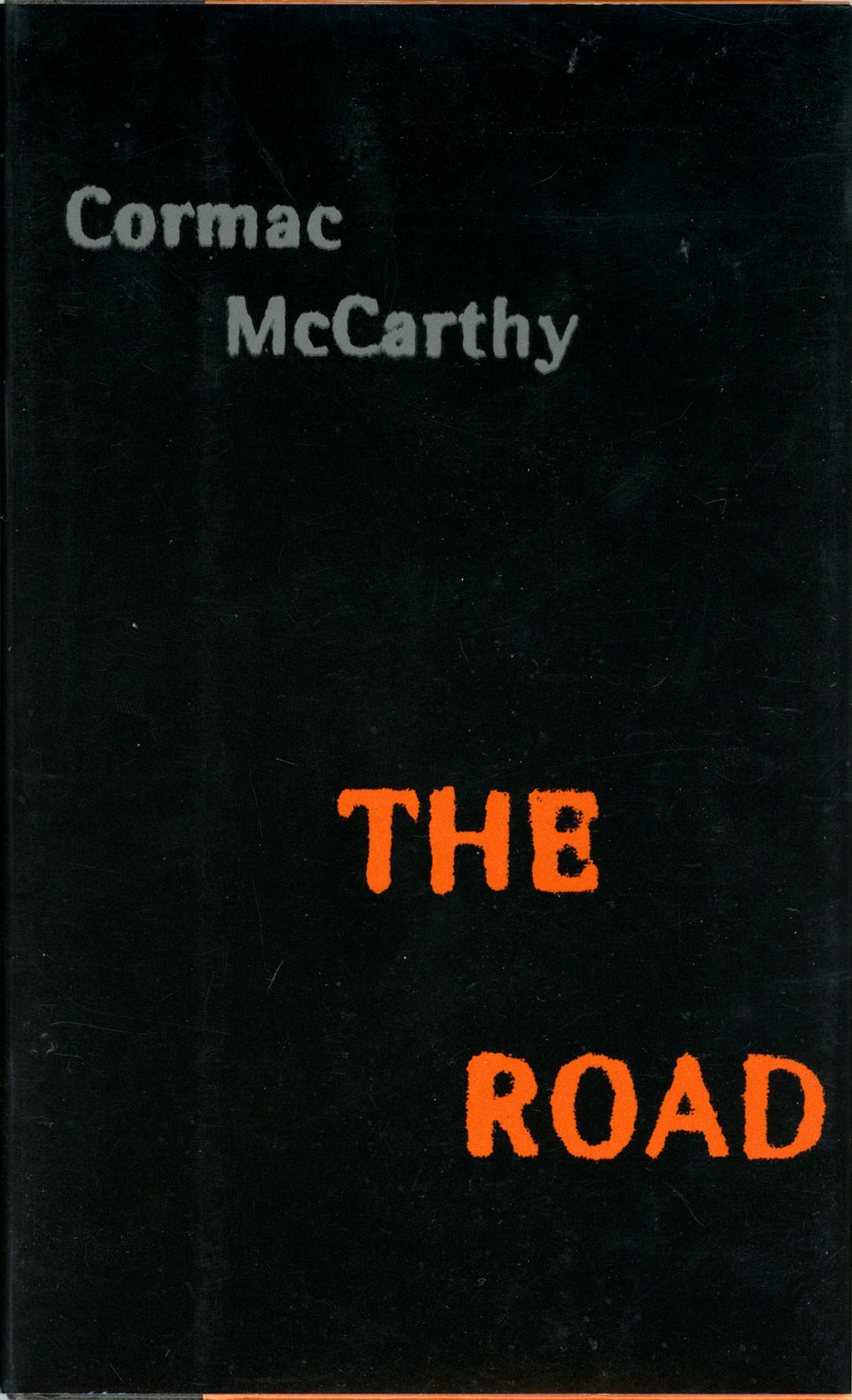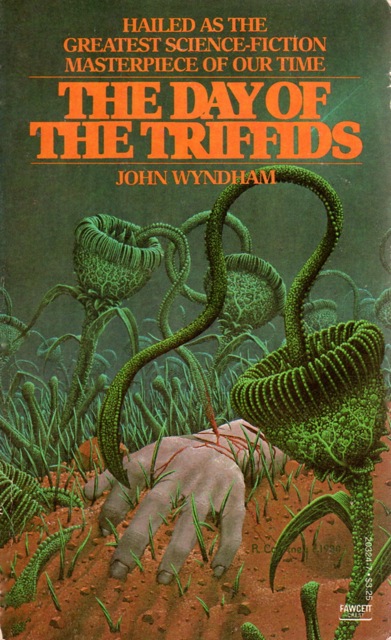songs
—books
—screens
—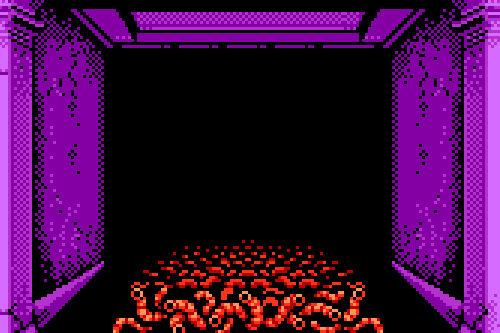
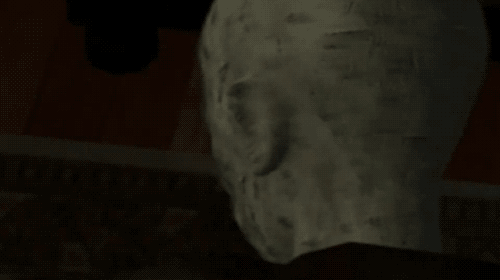

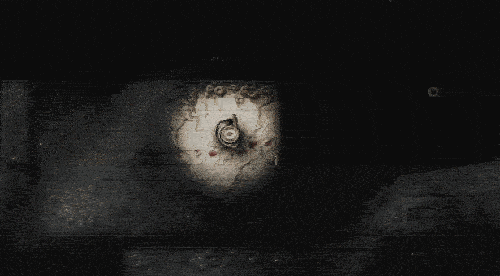
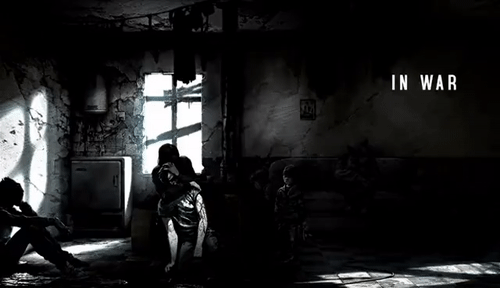
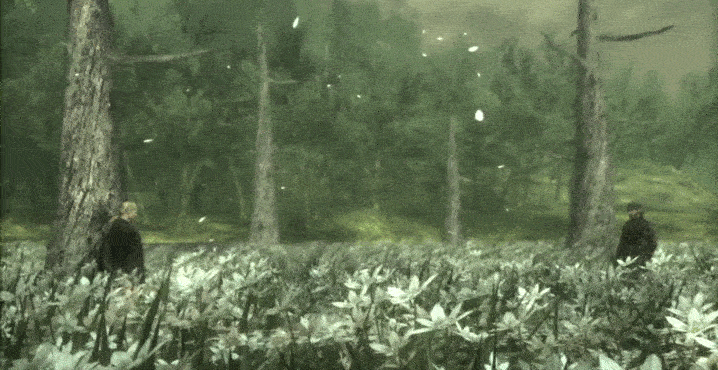

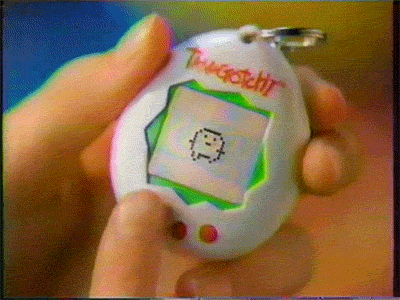
*important* don’t use the mouse to play the game after it is loaded or it may freeze. If your cursor disappears press Esc.
| Esc | : main menu |
| F10 | : quit game (press Y when prompted) |
| F4 | : sound volume |
| Enter | : select menu options |
| ← / → | : turn left / right |
| ↑ / ↓ | : move forward / backward |
| Alt + ← / → | : strafe left / right |
| Ctrl | : fire weapon |
| Space | : opening doors / flipping switches |
| Shift | : use with movement keys to run |
| 1 – 7 | : weapon selection |
survival
—contextualised shapes
—
Percentage of people defining an item as essential in South Africa. (2010)
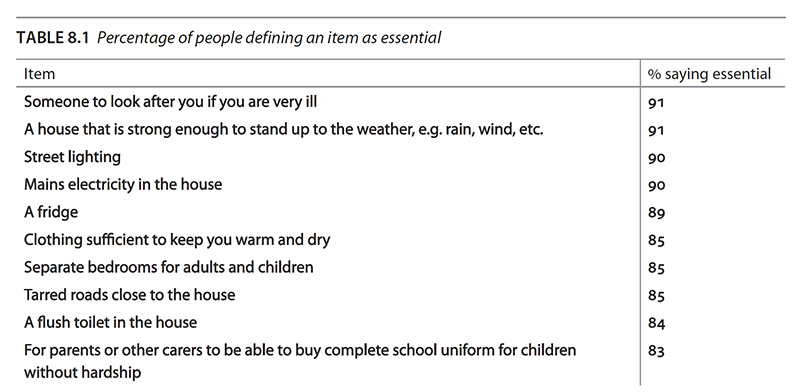
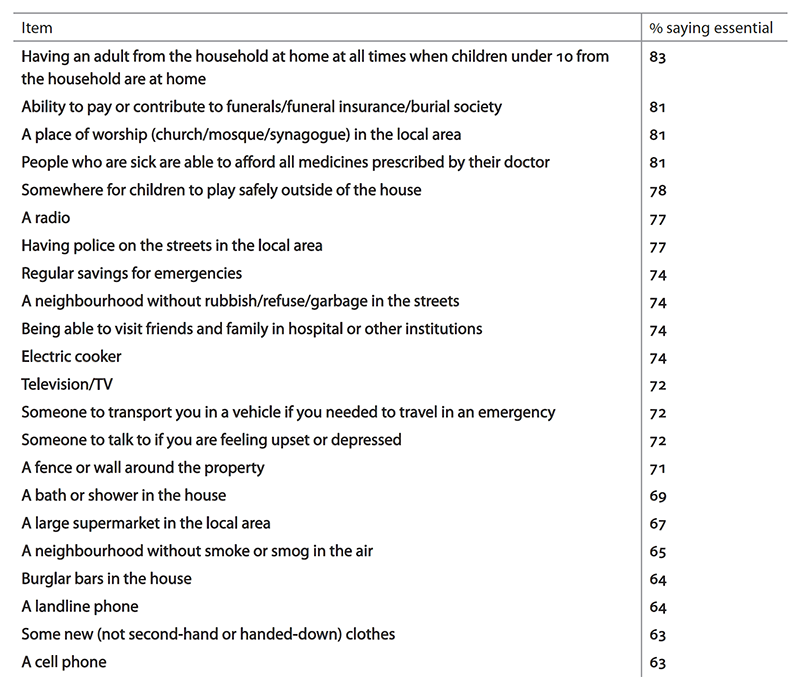 Percentage of people defining an item as essential in Finland. (2018)
Percentage of people defining an item as essential in Finland. (2018)
 Percentage of people defining an item as essential in South Korea. (2014)
Percentage of people defining an item as essential in South Korea. (2014)
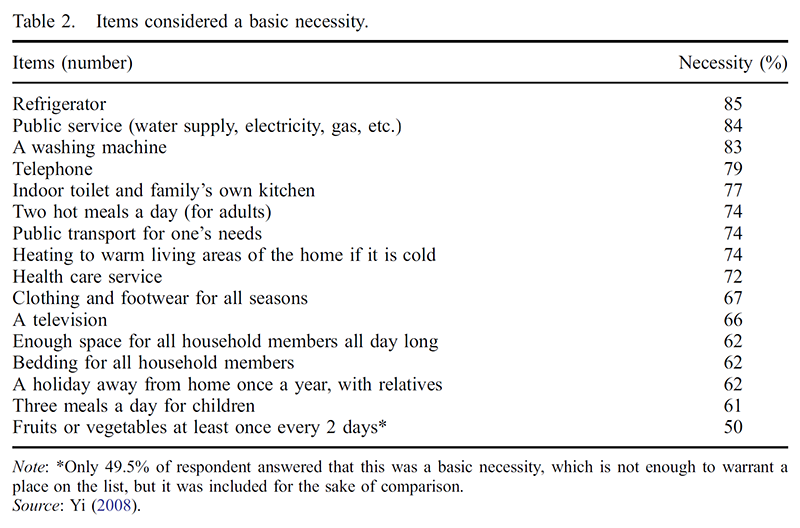 Percentage of people defining an item as essential in Northern Ireland. (2003)
Percentage of people defining an item as essential in Northern Ireland. (2003)
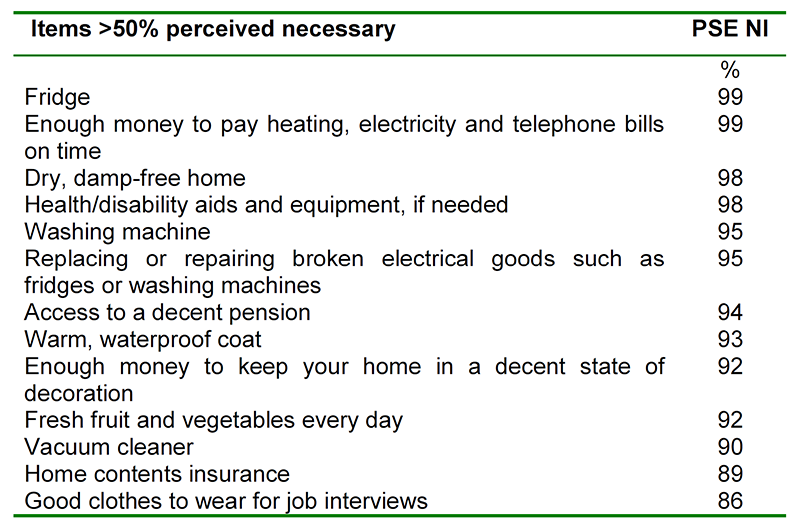
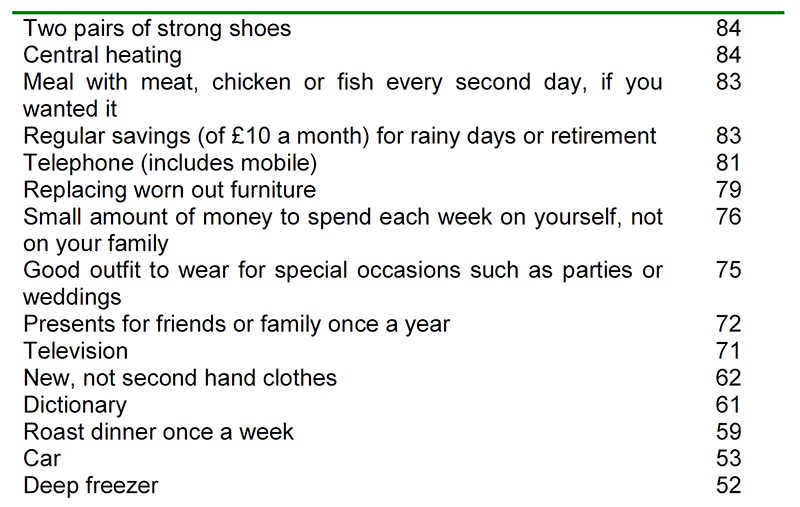

 Percentage of people defining an item as essential in Finland. (2018)
Percentage of people defining an item as essential in Finland. (2018)
 Percentage of people defining an item as essential in South Korea. (2014)
Percentage of people defining an item as essential in South Korea. (2014)
 Percentage of people defining an item as essential in Northern Ireland. (2003)
Percentage of people defining an item as essential in Northern Ireland. (2003)


the role that design plays
—
Content
ways of communicating
—exploration
—The word survival has a complicated relation to the present: to many this word conjures images of distant realities, disconnected from their interpretation of life and existence, images from their past, their songs, their books, their screens. But even though these may be ways to find uses for this word, the reality is that survival is not a concept that anyone can be too distant from.
Survival is a variable and contextual concept, not only perceivable in the confine between life and death, but also in acts of resilience, adaptation, conformity, disobedience, violence, love, spontaneity, sharing, rivalry, preservation. As ultimately the act of survival, even when considered as such only by those performing it, is motivated by the very same tremendous and overpowering impulse to continue to exist, capable of redefining and overwriting our concepts of morality, legality, and formality.
But as societies and their relations to the world grow in complexity, the very understanding of what is necessary to continue to exist, to survive, takes now more contextualised shapes, at times very abstract from its primary conceptualisation that considers air, water, shelter, and food the only elements fundamental for survival.
Projektado is embarking on a year-long journey into the theme of ‘survival and design’, where we will explore some of the contrasting meanings that survival has acquired in varied contexts, and how the practices relating to it are being shaped by the designed world. We hope to understand how different people, systems, ecosystems, ideas, practices, in trying to survive affect each other’s ability to do so, and the role that design plays or could play in the survival of our collective future.
Our aim is to map survival’s creative outcomes as well as the struggles that enact its performance, investigating design both as an overcoming mechanism as well as a catalyst of crises. At this time, this will be done not only through the production of a magazine, but also through a series of projects that will aim to find different perspectives, ideas, and ways of communicating our research area and the complex network of concepts, people, and contexts it is connected to.
We will be releasing material relating to this theme throughout the next 12 months, with some coming really soon. So stay tuned for the upcoming content and reach out if you would like to get involved in this project or actively participate in our exploration of ‘survival and design’.


